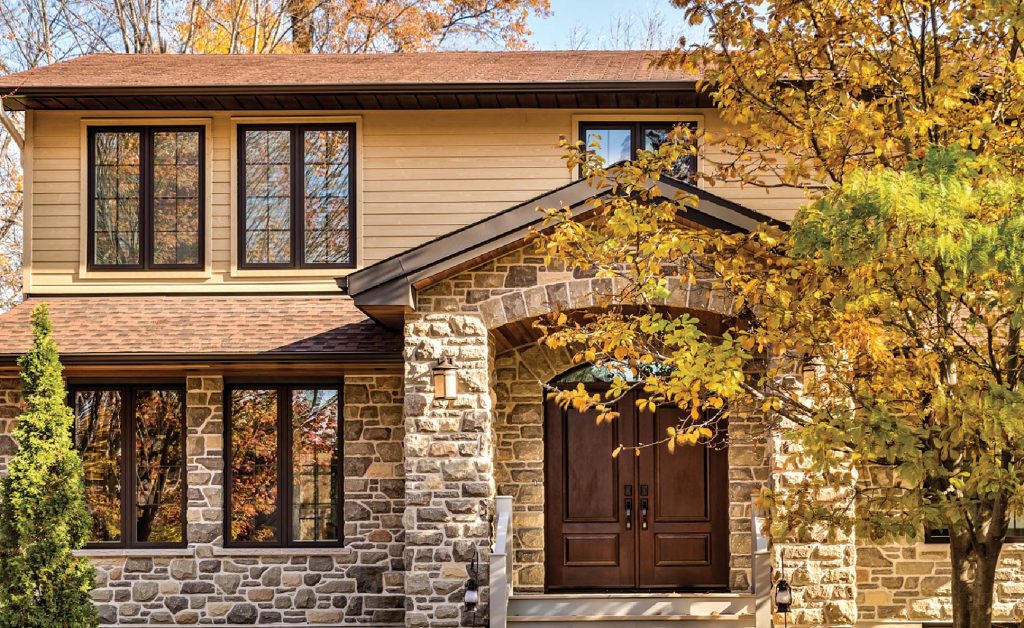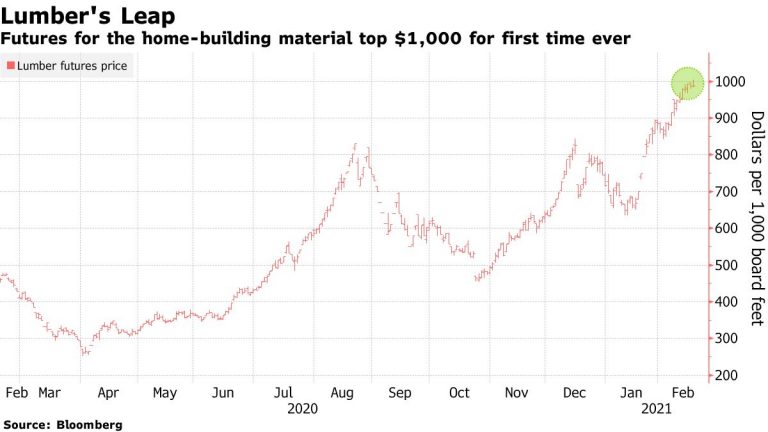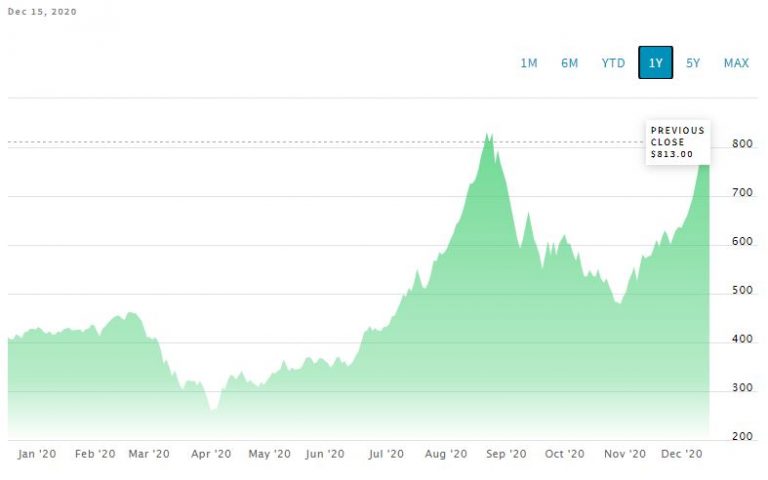
THE BEST TIME OF YEAR TO REPLACE WINDOWS
September 1, 2020
THE MATERIALS MARKET AND YOUR UPCOMING REMODEL
March 11, 2021LBM MARKET FINISHES YEAR IN THE MOST 2020 KIND OF WAY

Noticing the price of lumber shifting again? You aren’t alone.
The market’s back to making rapid changes reminiscent of what we experienced earlier in 2020 and after a brief relief from the record high experienced in September, prices are back on the rise. In fact, in a matter of weeks prices have climbed over 20% with explosive increases coming the first full week in December.
And it’s not just expense that’s a concern. Availability is the root cause of the rapid upward movement in price, which is perceived to be the most immediate way to ration supply.
The market’s back to making rapid changes reminiscent of what we experienced earlier in 2020 and after a brief relief from the record high experienced in September, prices are back on the rise. In fact, in a matter of weeks prices have climbed over 20% with explosive increases coming the first full week in December.
And it’s not just expense that’s a concern. Availability is the root cause of the rapid upward movement in price, which is perceived to be the most immediate way to ration supply.
Not Your Typical Winter
Demand typically lulls in winter and in-turn prices drop. Some lumber producers were reducing production (again, having flashbacks of the curtailments of late Spring/early Summer) under the assumption that construction activity would slow, as it typically does during winter months. The signals aren’t pointing that direction however.
- Until very recently, the Northeast has experienced unseasonably warm weather, allowing for a continuation of projects (you’re probably more likely to be slowed down by inventory than by weather)
- Strength in new home building is still trending higher than that of recent years, despite the cost of new single-family homes being ↑ $14k due to cost of materials (according to the NAHB)
- Mills are still susceptible to pandemic-related issues, including staff shortages and shutdown potential, further reducing available supply

With 1 in 3 contractors citing issues, lumber and wood is the most reported material shortage for (according to a survey from the US Chamber of Commerce Commercial Construction Index).
Whether you’re in need of SPF, OSB, plywood, really most items across the board you’re likely to run into some scarcity concerns in upcoming weeks.
The frantic pace is likely to continue through January, well into February.
Plan purchases early, if you can, to secure inventory and keep you in-line with existing schedules. Work with your GR Mitchell sales team to coordinate early for large loads, particularly those that are outside of your normal purchasing patterns. In-house buyers work in synchrony with the sales staff to help streamline the process of determining customer needs to match them with on-the-ground inventory, but advance knowledge is paramount to success during turbulent market environments.
If your timeline can’t be padded or adjusted, our recommendation is to order absolutely as early as possible. Alternatively, create the expectation with your customer that items may need to be substituted.
Whether it be the brand of decking you proceed with or the trim color on windows; Where can you make adjustments to stay within the time constraints on your job if necessary? GR Mitchell’s staff has close relationships with a variety of product vendors and distributors often allowing us to identify comparable products with the quality, finish, and price you need with lead times that align with the project completion date.
And while most building materials aren’t susceptible to the rapid movement of commodity goods, they aren’t completely shielded from price increases, either. It’s that time of year where you can expect to hear news of annual price increases across all product categories, if you haven’t already. Though it’s to be expected, we’ve already seen notice of some percentage increases that are double, and in rare cases triple, of what we’d normally anticipate. Our advice here is to ensure that you’re using up-to-date figures to prepare project estimates and mitigate any loss in profit.
Whether you’re in need of SPF, OSB, plywood, really most items across the board you’re likely to run into some scarcity concerns in upcoming weeks.
Will Lumber Straighten Itself Out?
The commerce department is indeed taking some steps to create some downward pressure on pricing. But even with reduction of tariffs on Canadian goods, scarcity is expected to continue to create a dynamic marketplace.The frantic pace is likely to continue through January, well into February.
Plan purchases early, if you can, to secure inventory and keep you in-line with existing schedules. Work with your GR Mitchell sales team to coordinate early for large loads, particularly those that are outside of your normal purchasing patterns. In-house buyers work in synchrony with the sales staff to help streamline the process of determining customer needs to match them with on-the-ground inventory, but advance knowledge is paramount to success during turbulent market environments.
The Building Materials Picture
From decking to windows, lead times have hit never before seen lengths on certain items (up to 15 weeks in some cases). Whether the delay be from imported components/raw materials to COVID-related plant slowdowns, it could be several months before the items your job calls for will be manufactured and delivered.If your timeline can’t be padded or adjusted, our recommendation is to order absolutely as early as possible. Alternatively, create the expectation with your customer that items may need to be substituted.
Whether it be the brand of decking you proceed with or the trim color on windows; Where can you make adjustments to stay within the time constraints on your job if necessary? GR Mitchell’s staff has close relationships with a variety of product vendors and distributors often allowing us to identify comparable products with the quality, finish, and price you need with lead times that align with the project completion date.
And while most building materials aren’t susceptible to the rapid movement of commodity goods, they aren’t completely shielded from price increases, either. It’s that time of year where you can expect to hear news of annual price increases across all product categories, if you haven’t already. Though it’s to be expected, we’ve already seen notice of some percentage increases that are double, and in rare cases triple, of what we’d normally anticipate. Our advice here is to ensure that you’re using up-to-date figures to prepare project estimates and mitigate any loss in profit.

